Rabies in a postpandemic world: resilient reservoirs, redoubtable riposte, recurrent roadblocks, and resolute recidivism Rupprecht, C.E., Mshelbwala, P.P., Reeves, R.G., Kuzmin, I.V. 2023 Animal Diseases, 3(1), art. no. 15.
Rabies


Also known as sheep and goat plague, Peste des Petits Ruminants (PPR) is a highly contagious viral disease that has a disproportionate effect on the poorest farmers in the world, with 330 million farmers in Africa and Asia directly relying on sheep and goats. It has been estimated that the disease is causing between $1.45 billion to $2.1 billion in losses each year.
SHARE
Peste Des Petits Ruminants (PPR)
Over 70 countries are now affected by PPR and it threatens to spread into many more. Find out where the latest reported outbreaks are with this map.
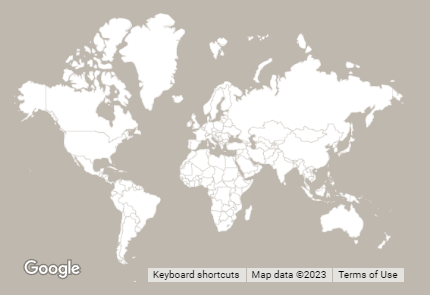
KEY FACTS

Disease Classification
The virus that causes PPR is classified as belonging to the Morbillivirus genus in the family Paramyxoviridae. Early reports of PPR suggested that there were four lineages restricted to certain geographic areas, including lineage I in western and central Africa, and lineage IV circulating in India and the Middle East. However, in recent years this distinct distribution has broken down with lineages appearing in new areas, for example lineage IV is now found in northern and central Africa1
1Peste des petits ruminants virus, Tunisia, 2012–2013, Emerging Infectious Diseases , 20 ( 12 ) pp. 2184 – 2186, Sghaier, S., Cosseddu, G.M., Hassen, S.B., Hammami, S., Ammar, H.H., Petrini, A., Monaco, F., 2014.

Transmission
Infected animals shed the virus into various secretions and excretions and so the virus can pass to susceptible animals in a variety of ways including inhalation. This means that PPR is transmitted when animals come into close contact with each other. Animals being allowed to roam freely and the movement of animals can contribute to the spread of the disease.

Vaccine
Vaccination is effective and central to the control and eradication of PPR. Current research indicates that there is a strong level of cross-protection between the different lineages, which is expected because the lineages are all within the same serotype and have little antigenic divergence. This means that PPR vaccines can be expected to give protection regardless of the lineage that the vaccine strain is derived from. As with other livestock diseases, such as foot-and-mouth disease (FMD), a high quality vaccine should always be selected and used.
Clinical Signs
PPR is associated with a range of clinical signs including sudden onset fever, nasal discharge, oral lesions, abortion and death. As these signs are non-specific, PPR may resemble other diseases such as FMD.
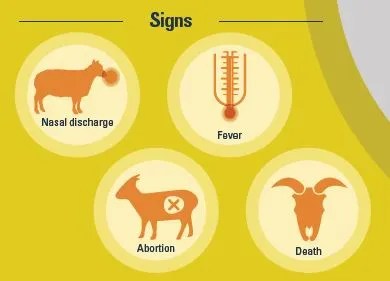
PPR is associated with a range of clinical signs, which are non-specific
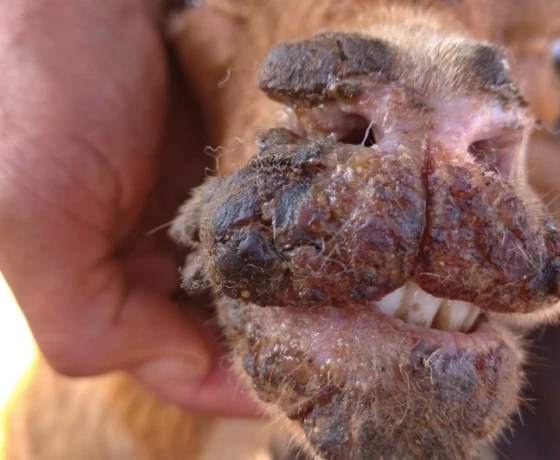
Clinical signs of disease include labial lesions. Photo by Dr Imad Mokhtari.
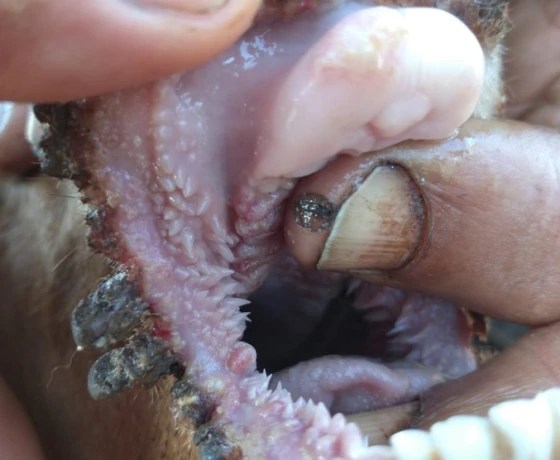
PPR, ulceration on the anterior part of the hard palate. Photo by Dr Imad Mokhtari.
Treatment
PPR is caused by a virus and there is no specific treatment for it. Focus must be on prevention, particularly vaccination.
Management
Quarantine, movement restrictions, and cleaning and disinfection may be used in the event of outbreaks. With 80% of the world’s sheep and goats coming from those regions impacted the most by PPR, this growing threat means that millions of small ruminants are now considered at risk. There is a global strategy for the eradication of PPR, developed in conjunction with OIE and FAO, which involves vaccination and is targeting PPR-freedom by 2030.
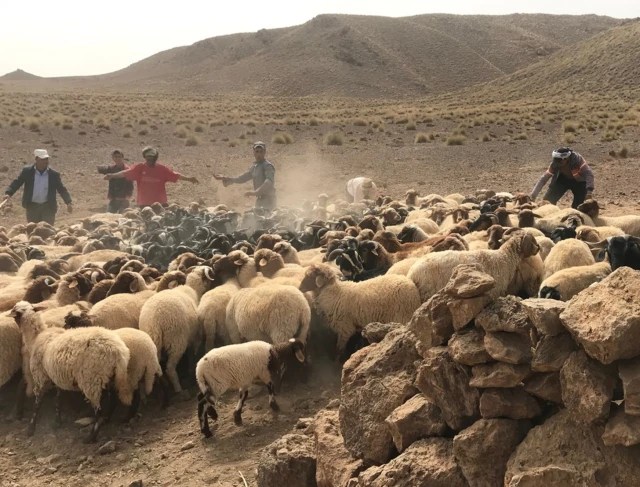
FOCUS ON…
Focus On…the Management of Peste des Petits Ruminants (PPR) in Morocco
Back in 2008, Morocco saw its first outbreak of PPR affecting herds of great importance to the Maghreb region. In addition to sanitary measures, vaccination has been indispensable for the…
Latest Articles and Events
Knowledge Hub
Innovating at EuFMD OS22
After so long since the last in-person event, it was wonderful to be able to…
Guide – Australia’s DAFF and CSIRO…
A field guide for veterinarians providing information on emergenc
International Symposium of..
My name is Rachel Herschman and I have been an intern on the..
Website – IVVN – International..
The IVVN is an international community of over 1,600 members working togeth…
Boosting disease control with…
Disease control is about a lot more than simply the right vaccine. Building…
Focus On… African Swine Fever (ASF)…
African swine fever (ASF) is present in more than 50 countries on five continent…
Exploring New Frontiers in Anim...
I’m a final year DPhil student studying at The Pirbright Institute and the..
Website – IVVN – International..
Latest Scientific Papers
Rabies
Foot and Mouth Disease (FMD)
Avian Influenza (AI)
No items to show.
Rabies
Avian Influenza (AI)
Rabies
No items to show.
Subscribe to our free newsletter and stay up to date with
all news and events.